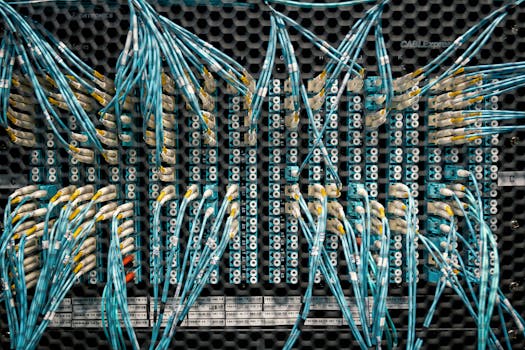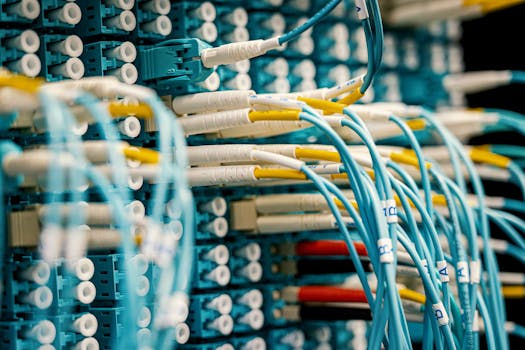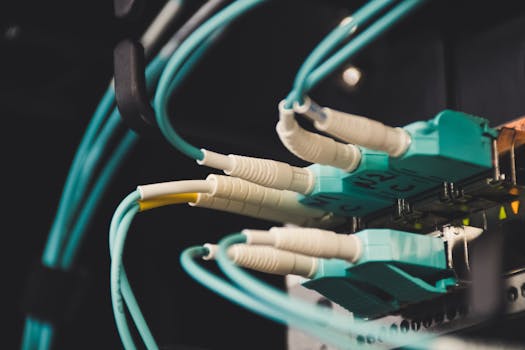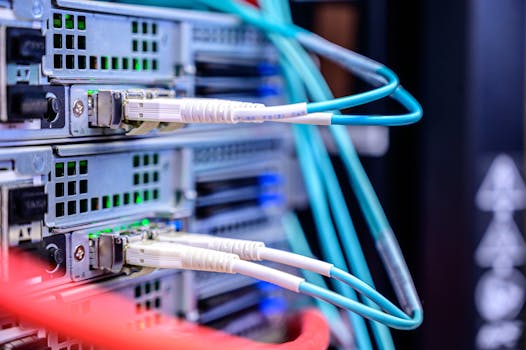
Light-Powered Flexible Glass Fibers: The Future of Data Transfer
Light-Powered Flexible Glass Fibers are revolutionizing the way we transfer data, enabling faster speeds and greater flexibility. This innovative technology is poised to transform the future of connectivity, and it’s essential to understand its potential impact.
What are Light-Powered Flexible Glass Fibers?

Light-Powered Flexible Glass Fibers are a type of optical fiber that uses light to transmit data. These fibers are made from a flexible glass material that can be bent and shaped without breaking, making them ideal for use in a variety of applications. The light-powered technology allows for faster data transfer speeds and greater flexibility, enabling the creation of more complex networks and systems.
How Do Light-Powered Flexible Glass Fibers Work?

Light-Powered Flexible Glass Fibers work by using light to transmit data through the fiber. The fiber is made up of a core and a cladding, with the core being the innermost part of the fiber. The light signal is transmitted through the core, and the cladding helps to guide the light and prevent it from escaping. The flexible glass material allows the fiber to be bent and shaped without breaking, enabling it to be used in a variety of applications.
Applications of Light-Powered Flexible Glass Fibers

Light-Powered Flexible Glass Fibers have a wide range of applications, including data centers, telecommunications networks, and medical devices. They can be used to create complex networks and systems, enabling faster data transfer speeds and greater flexibility. They can also be used in sensing applications, such as temperature and pressure sensing, and in imaging applications, such as endoscopy and microscopy.
Benefits of Light-Powered Flexible Glass Fibers

The benefits of Light-Powered Flexible Glass Fibers are numerous. They offer faster data transfer speeds, greater flexibility, and lower latency. They are also more reliable and secure than traditional copper-based systems, making them ideal for use in critical applications. Additionally, they are thinner and lighter than traditional optical fibers, making them easier to install and maintain.
Conclusion

In conclusion, Light-Powered Flexible Glass Fibers are revolutionizing the way we transfer data, enabling faster speeds and greater flexibility. With their wide range of applications, numerous benefits, and potential to transform the future of connectivity, it’s essential to understand the potential impact of this innovative technology. As research and development continue to advance, we can expect to see even more innovative applications of Light-Powered Flexible Glass Fibers in the future.



